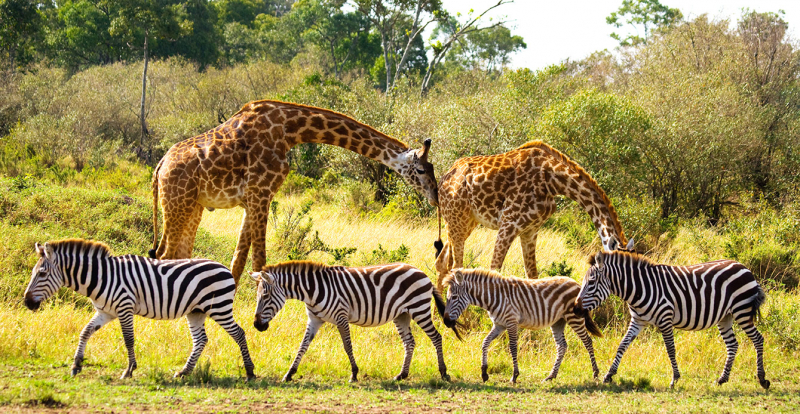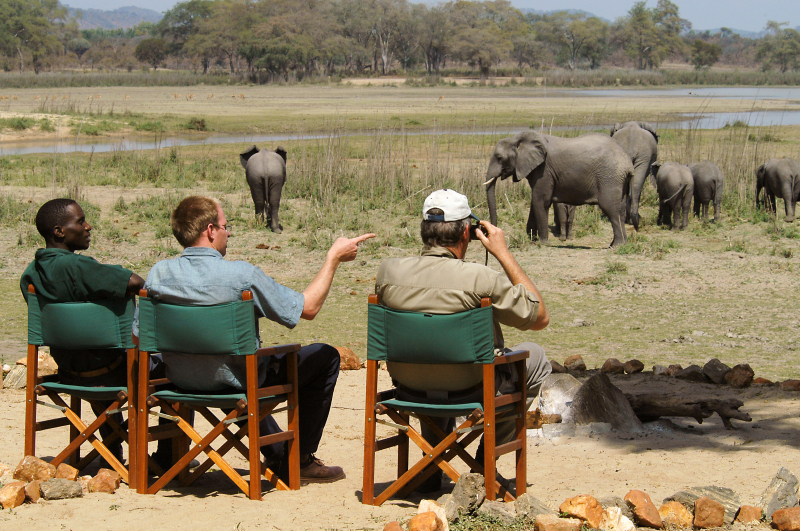Wildlife Tourism

Wildlife tourism is a component of the travel business in many countries that focuses on observing and engaging with native animals and plants in their natural environments. Safari hunting and other high-intervention activities are included in wildlife tourism, along with eco- and animal-friendly travel. In its most basic form, wildlife tourism refers to engaging actively (such as by hunting or collecting) or passively (such as through observation and photography) with wild creatures in their natural habitat. Numerous nations in Africa and South America, as well as Australia, India, Canada, Indonesia, Bangladesh, Malaysia, Sri Lanka, It has experienced a dramatic and rapid growth in recent years worldwide and many elements are closely aligned to eco-tourism and sustainable tourism.and the Maldives, among others, have significant wildlife tourism sectors.
According to the United Nations World Tourism Organization, wildlife tourism accounts for 7% of the global tourism market, with an annual growth rate of roughly 3%. Additionally, they predict that increase will be much more pronounced in areas like UNESCO World Heritage Sites. Wildlife tourism currently supports more than 120 billion dollars in global GDP and directly or indirectly employs 22 million people worldwide. Wildlife tourism, a multibillion dollar global industry, is frequently characterized by the provision of personalized tour packages and safaris to enable up-close encounters with wildlife.











